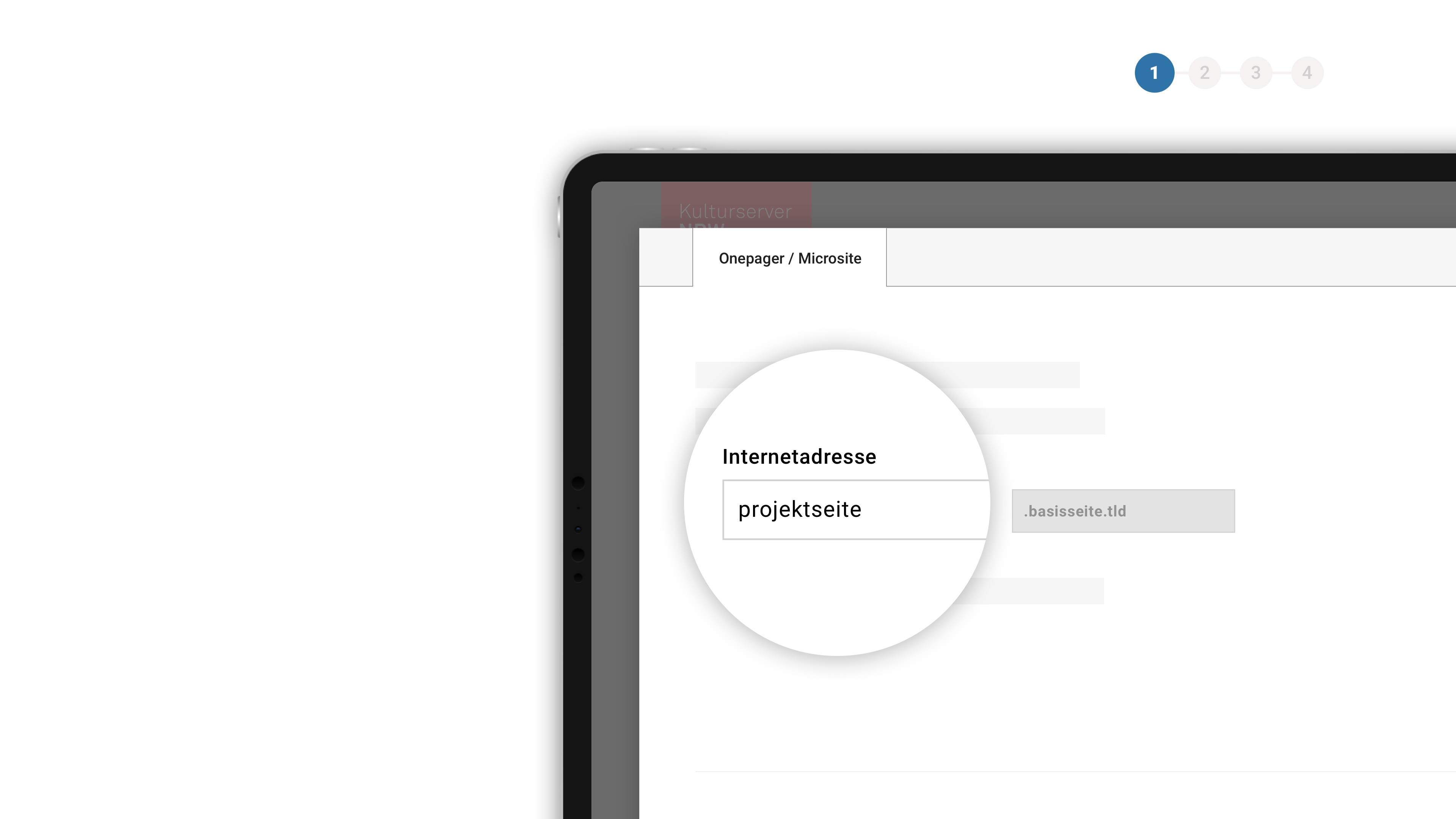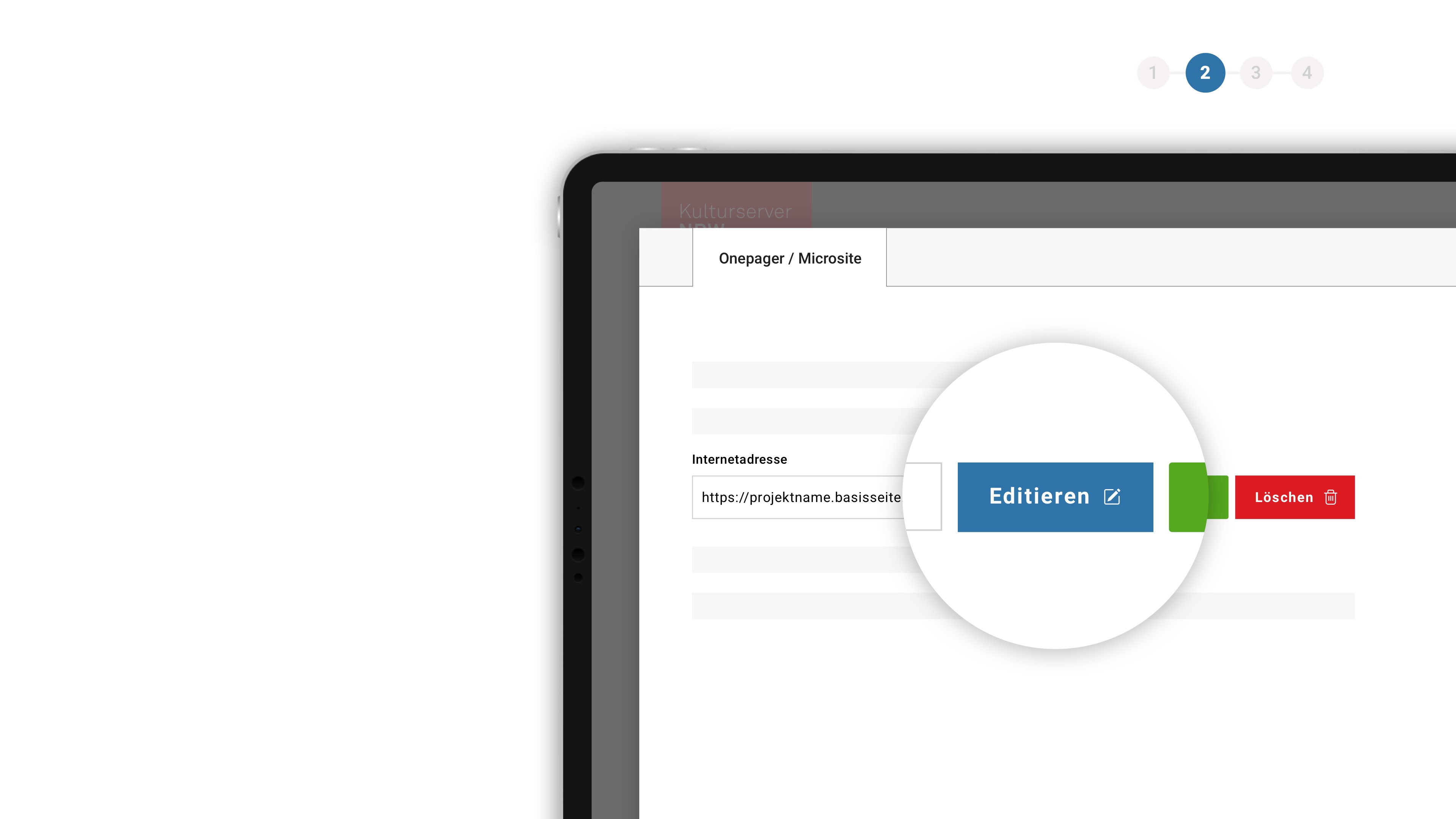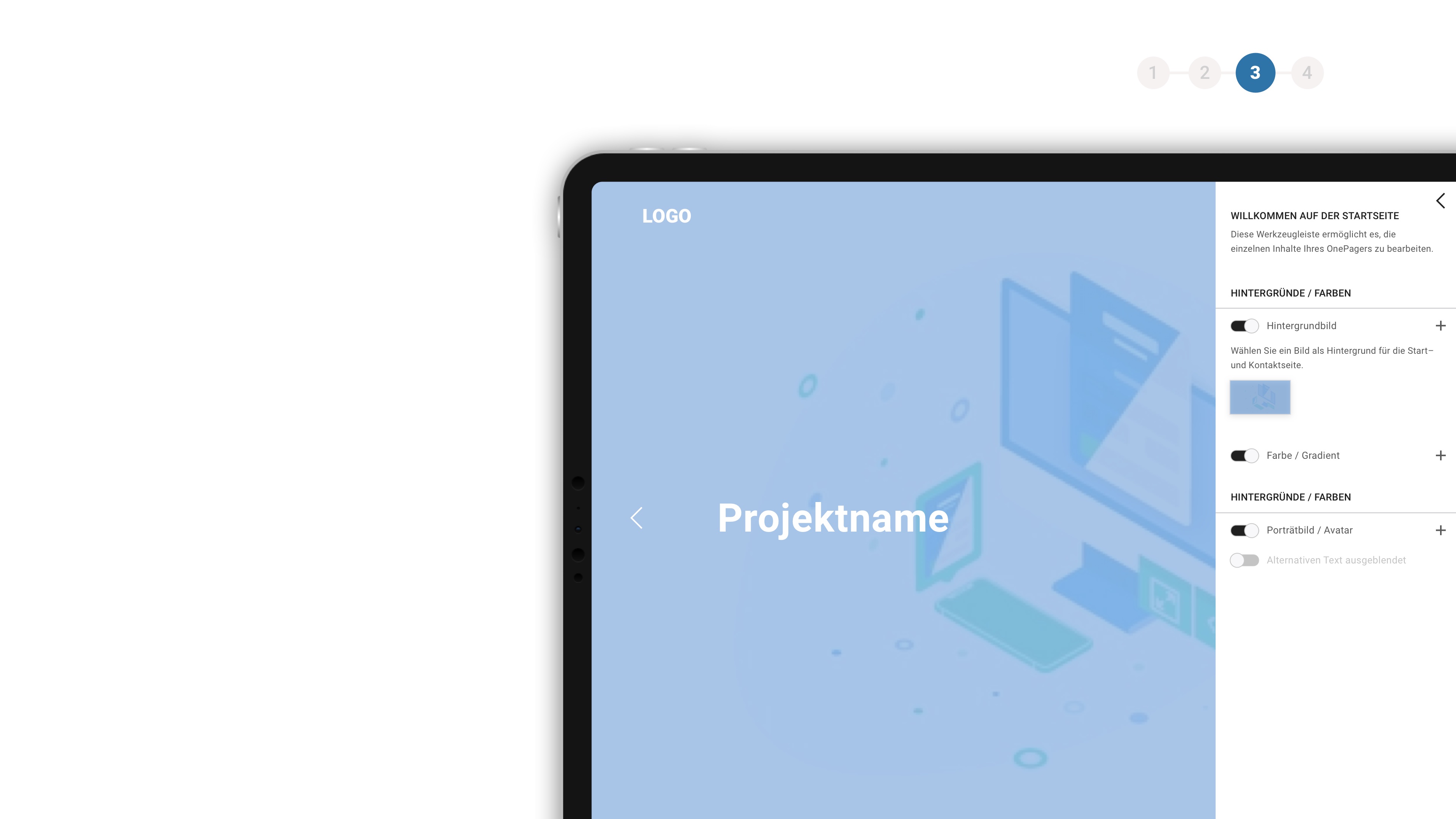The Ring of the Nibelung - Deutsche Oper Berlin
Skip Media Container 

Der Ring des Nibelungen
In May 2026, you can experience two cycles of the RING DES NIBELUNGEN in Stefan Herheim's production with artists such as Ya-Chung Huang (Mime), Iain Paterson and Thomas J. Mayer (Wotan), Annika Schlicht (Fricka), Michael Sumuel (Alberich), Matthew Newlin (Siegmund), Elisabeth Teige (Sieglinde, Brünnhilde), Clay Hilley (Siegfried), Trine Møller and Catherine Foster (Brünnhilde) and Albert Pesendorfer (Hagen / Fasolt). These eight performances also mark the farewell of our General Music Director Sir Donald Runnicles... The performances of the first cycle from 16 to 25 May are available individually; the performances of the second cycle from 26 to 31 May are only available as a four-performance package.
Welcome
16, 26 May 2026
17, 27 May 2026
Die Walküre
After the reign of the gods has reached its radiant zenith at the end of the RHEINGOLD with the entry into Valhalla Castle, the signs in the WALKÜRE are stormy: the people are frozen in greed for power, mistrust and possessiveness, the gods confine themselves only to monitoring compliance with the old laws instead of questioning their meaning ... Conductor: Sir Donald Runnicles; Director: Stefan Herheim; With Matthew Newlin, Tobias Kehrer, Thomas Johannes Mayer, Elisabeth Teige, Annika Schlicht, Trine Møller et al. 23, 29 May 2026
Siegfried
Wagner described his SIEGFRIED as a "heroic comedy" which, in its balance between comic and tragic elements, remains the challenge for its directors to this day. For Herheim, it is the act of the play that joins the opposites into a whole. The boundaries between animal and human become as blurred as those between the characters and their creator... Conductor: Sir Donald Runnicles; Director: Stefan Herheim; With Clay Hilley, Ya-Chung Huang, Iain Paterson, Michael Sumuel, Tobias Kehrer, Lauren Decker, Elisabeth Teige et al. 25, 31 May 2026
Götterdämmerung
In the final part of the tetralogy, the theatrical devices that dominate Stefan Herheim's version of the RING also come together for the grand finale: the concert grand piano, where the play once began, is just as present as the white cloth, which, among other things, mutates into the shroud of the murdered hero. And, of course, the suitcases are also present, which in the course of the tetralogy have repeatedly created new landscapes and play situations. In the end, this world sinks, only to be reborn in the next play ... Conductor: Sir Donald Runnicles; Director: Stefan Herheim; With Clay Hilley, Thomas Lehman, Michael Sumuel, Albert Pesendorfer, Catherine Foster, Felicia Moore, Annika Schlicht et al. Alexander Meier-Dörzenbach, Jörg Königsdorf
An introductory lecture on: Das Rheingold
The eve of the RING is reserved for mythical figures: Gods, dwarves and giants open the struggle for power that will later also determine the fate of mankind. And already here it becomes clear that the unbridled lust for power ultimately only claims victims.
Questions to Stefan Herheim
"All that lives loves change and transformation. That play I cannot forgo."
It’s precisely this collective humanity that we make into the nucleus of a play. This is acted out among fugitives who have lost their home and are now searching for it in myth. All parts of the RING revolve around the powerlessness of love and the lovelessness of power, and all players are at the mercy of its deceptive mechanisms.
Alexander Meier-Dörzenbach, Jörg Königsdorf
An introductory lecture on: Die Walküre
People are frozen in a lust for power, mistrust and possessiveness, the gods limit themselves only to monitoring compliance with the old laws instead of questioning their meaning. Thus, the brother and sister Siegmund and Sieglinde are abandoned to death, and the Valkyrie Brünnhilde also falls under the spell when she dares to defy the verdict of her father Wotan.
With Jörg Königsdorf
An introductory lecture: Siegfried
Wagner described his SIEGFRIED as a "heroic comedy", which is still a challenge for its directors today in its balance between comic and tragic elements. For Herheim, it is the act of the play that joins the opposites into a whole. The boundaries between animal and human become as blurred as those between the characters and their creator.
An essay by Alexander Meier-Dörzenbach
“Luminous love, laughing death!”
Laughing plays a notable role in the RING. It occurs over a hundred times in the libretto and the stage directions of the tetralogy – over three dozen times in SIEGFRIED alone – not including Mime’s laughter composed on one note “Hihihi”, his sniggering, or the orchestra’s reprise of the latter. Essentially laughter can be construed as having two meanings in the RING: mockery and joy.
Alexander Meier-Dörzenbach, Jörg Königsdorf
An introductory lecture: Götterdämmerung
A group of people are on the run, pause and try to find their footing in the world again through the act of playing. This is how Stefan Herheim's retelling of the RING DES NIBELUNGEN begins, which now finds its conclusion in the here and now in the last part of the tetralogy. A game unfolds that must end with the downfall of a world so that it can start all over again.
To the video archive Skip video container ![Richard Wagner: Das Rheingold Richard Wagner: Das Rheingold]()
![Richard Wagner: Die Walküre Richard Wagner: Die Walküre]()
![Richard Wagner: Siegfried Richard Wagner: Siegfried]()
![Richard Wagner: Götterdämmerung Richard Wagner: Götterdämmerung]()




Our video recommendations

Richard Wagner: Das Rheingold

Richard Wagner: Die Walküre

Richard Wagner: Siegfried

Richard Wagner: Götterdämmerung

video - 03:06 min.
Richard Wagner: Das Rheingold
Richard Wagner: Das Rheingold

video - 02:56 min.
Richard Wagner: Die Walküre
Richard Wagner: Die Walküre

video - 02:30 min.
Richard Wagner: Siegfried
Richard Wagner: Siegfried

video - 02:59 min.
Richard Wagner: Götterdämmerung
Richard Wagner: Götterdämmerung








